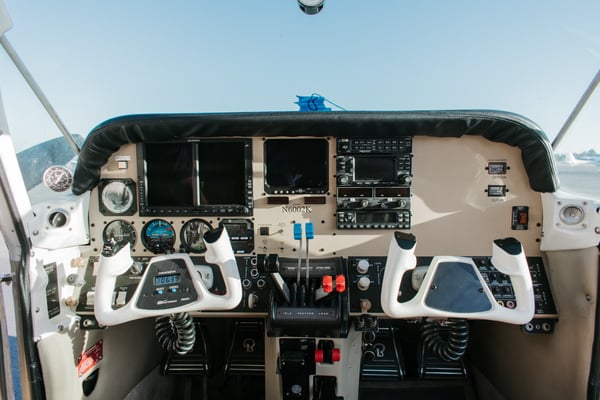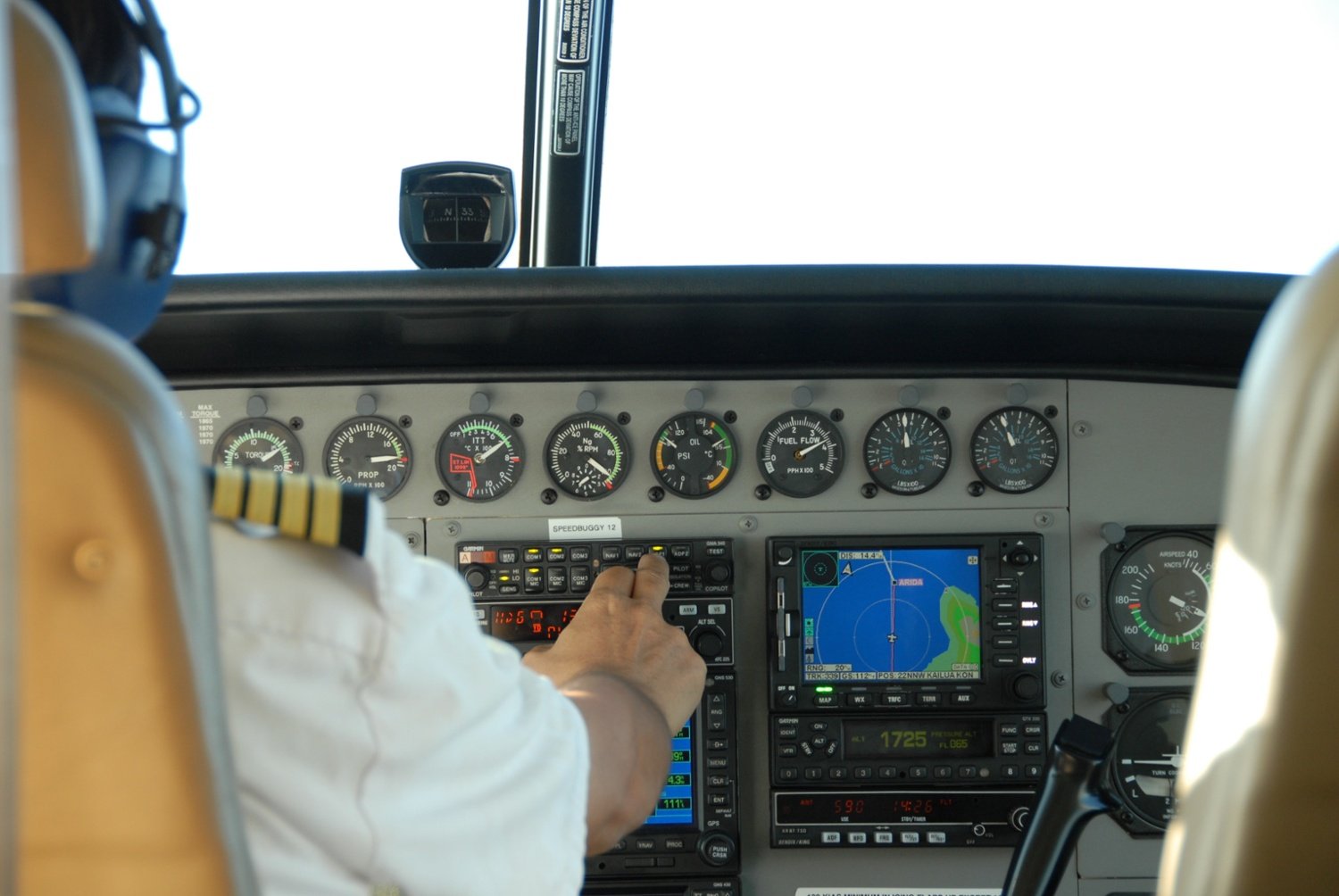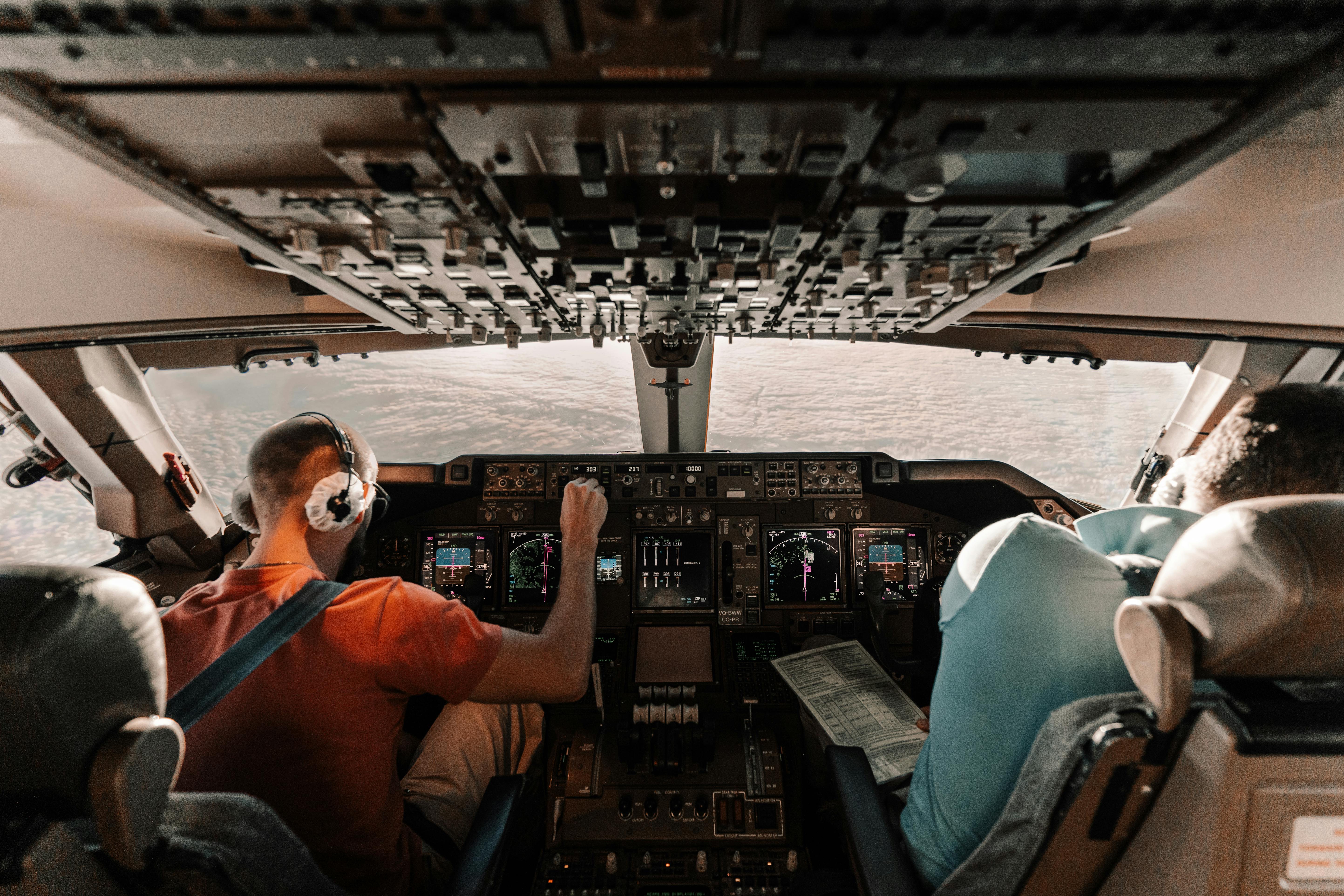Commercial Pilot Requirements: A Beginner's Guide
The commercial pilot certificate is a necessary milestone for anyone wishing to pursue a flying job in any capacity. If you want to be paid to fly, including as a flight instructor, you must have a commercial pilot certificate.
In the context of pilot certification, the word “commercial” is sometimes misused or misunderstood. Many people refer to airline pilots as commercial pilots. While airline pilots are flying in a commercial capacity, U.S. airline pilots flying regularly scheduled carriers under Federal Aviation Regulations (FAR) Part 121 must have an Airline Transport Pilot (ATP) certificate, which is the highest level of pilot certification in the country. You only can qualify for an ATP certificate after logging 1,500 hours. However, you can obtain a commercial pilot certificate after logging just 250 hours (or as few as 190 hours if you train with a Part 141 program).
While a commercial pilot certificate alone will not put you at the controls of an airliner, it will give you enough flying hours to pursue several opportunities as a professional pilot:
- Agricultural pilot jobs
- Pipeline patrol pilot jobs
- Powerline patrol pilot jobs
- Aerial survey pilot jobs
- Air ambulance pilot jobs
- Skydive pilot jobs
- Flight instructor jobs
- Banner towing pilot jobs
- Charter pilot jobs (along with a commercial pilot certificate, Part 135 charter pilots are subject to additional hourly requirements to operate as pilot in command).
Several of these positions require additional certification, and many employers require hours of experience beyond the relatively low minimums that you must meet to obtain a commercial pilot certificate. It can be challenging to find employment with a “wet” (brand new) commercial pilot certificate. Many commercial pilots who aspire to become airline pilots obtain a flight instructor certificate to build time more quickly as flight instructors.
Basic Requirements For a Commercial Pilot Certificate
The minimum requirements to become a commercial pilot are as follows:
- You must be at least 18 years of age.
- You must hold a valid, current FAA Second-Class Medical Certificate (while you only need a Third-Class Medical Certificate as a student pilot, you will need a Second-Class Medical Certificate to operate as a commercial pilot).
- You must be able to read, speak, write, and understand the English language.
- You must receive the necessary training, documented in your logbook or official training records, to pass the FAA written and practical flight examinations.
- You must hold at least a private pilot certificate or meet the requirements of §61.73
- You must accumulate a total of 250 hours of logged flight time. However, you can become a commercial pilot with just 190 hours of experience if you train at an accredited Part 141 Flight School.
- You must take and pass the FAA Commercial Pilot Knowledge Test with a minimum score of 70%.
- You must pass the FAA Practical Flight Test with a designated pilot examiner (DPE) consisting of an oral examination and checkride, as described in the Commercial Pilot Airman Certification Standards (ACS).
Related Content: A Step-by-Step Guide to Your Student Pilot Medical Certificate
Aeronautical Experience Requirements for Commercial Pilot Applicants
According to 14 CFR § 61.129, commercial pilot applicants training under Part 61 must have logged at least 250 hours, which must include the following:
- 100 hours of flight time in powered aircraft, including 50 hours in airplanes.
- 100 hours of pilot-in-command flight time, which includes at least—
- 50 hours in airplanes; and
- 50 hours in cross-country flight, of which at least 10 hours must be in airplanes.
- 20 hours of training on the areas of operation listed in §61.127(b)(1) - Flight Proficiency of this part that includes at least—
- 10 hours of instrument training using a view-limiting device, including attitude instrument flying, partial panel skills, recovery from unusual flight attitudes, and intercepting and tracking navigational systems (note that instrument training for a commercial certificate must be done by a CFII, and simply having an instrument rating does not satisfy this requirement if your logbook does not clearly reflect the completion of these tasks);
- 10 hours of flight training in a complex airplane, a turbine-powered airplane, or a technically advanced airplane (TAA);
- One 2-hour cross country flight during daytime conditions covering a total straight-line distance of more than 100 nautical miles from the original point of departure;
- One 2-hour cross country flight during nighttime conditions covering a total straight-line distance of more than 100 nautical miles from the original point of departure; and
- 3 hours of flight instruction with an authorized instructor during the preceding 2 calendar months before the practical test.
- 10 hours of solo flight time or 10 hours of flight time performing the duties of pilot in command with an authorized instructor, on the areas of operation listed under §61.127(b) that include—
- A cross-country flight of at least 300 nautical miles total, with landings at a minimum of three points, one of which is a straight-line distance of at least 250 nautical miles from the original departure point; and
- 5 hours in night VFR conditions, including 10 takeoffs and 10 landings (with each landing involving a flight in the traffic pattern - not “touch and goes”) at an airport with an operating control tower.

Some pilots (myself included) choose to do their initial commercial pilot certification in a multi-engine aircraft. This approach comes at a higher cost, but it may be worth considering if you are looking to obtain a multi-engine rating as quickly as possible with as few checkrides as possible.
Related Content: 6 Ways to Reduce the Cost of Flight School
If you do your initial commercial pilot certification in a multi-engine aircraft, you can later “add on” a single-engine rating if you wish. Similarly, if you do your initial commercial pilot certification in a single-engine airplane, you can later add on a multi-engine rating. Regardless of the class rating you seek, pay close attention to the training time you will need to log in an airplane that meets the requirements for your chosen aircraft category (e.g. single-engine or multi-engine). The FAA outlines these training time requirements in §61.127 and §61.129.
Logging Flight Simulator Time Toward a Commercial Pilot Certificate
- Under Part 61, you can log up to 50 hours in a Redbird Advanced Aviation Training Device (AATD) toward a Commercial Pilot Certificate.
- Under Part 141, you can log up to 20% toward the total Commercial Pilot training time requirements in a Redbird AATD.
The FAA outlines these allowances in a Letter of Authorization (LOA) for the devices. Your flight training organization should have a copy of the LOA(s), but you also can find the most recent versions in our help center.
What Subjects are Covered on the Commercial Pilot Checkride?
The checkride consists of several areas of knowledge outlined in the ACS. You must prepare to cover all the areas, including the following:
- Preflight preparation (pilot qualifications, airworthiness, weather, cross-country flight planning, airspace, aircraft performance and limitations, systems, and human factors)
- Preflight procedures
- Airport operations
- Takeoffs, landings, and go-arounds
- Performance maneuvers*
- Navigation
- Slow flight and stalls
- High-altitude operations
- Emergency operations
- Postflight procedures
*As a commercial pilot candidate, you must demonstrate performance maneuvers specific to the aircraft category and class rating sought. Both single-engine and multi-engine candidates must demonstrate steep turns. Single-engine candidates must prepare to demonstrate the steep spiral, chandelles, lazy eights, and eights on pylons.
Multi-engine candidates also must demonstrate proficiency in operations specific to multi-engine aircraft.
How to Pass Your Checkride
DPEs hold commercial pilot applicants to a higher standard than private pilots, and they will want you to have a thorough understanding of all the areas of knowledge. For example, you should be able to demonstrate an understanding of systems such as the primary and secondary flight controls, powerplant and propeller, landing gear, electrical system, avionics, etc. A lot of the preparation for the knowledge portion of the practical test can be done independently.
In your preparation, remember that there are no trick or surprise questions on FAA checkrides. Everything asked on the checkride must be listed in the ACS. Avoid the dreaded checkride “hard stop,” where a checkride is halted due to missing endorsements or not meeting the hourly or flight distance requirements for cross-country flights. Having to repeat expensive training is painful and should be avoided.
For many pilots, the checkride for a commercial pilot certificate is far from the last one they will take. A commercial pilot certificate may be followed by a type-rating checkride, an ATP checkride, or an add-on rating (single-engine or multi-engine). It is an important milestone that transitions you from a private pilot into a position where you can pursue flying jobs and an aviation career. With patience, practice, and preparation, obtaining your commercial pilot certificate will be a rewarding and fulfilling experience in your aviation journey.
For the complete list of commercial pilot certificate requirements under Part 61, refer to §61 Subpart F—Commercial Pilots.
Share this
You May Also Like
These Related Articles

Everything You Need to Know About Instrument Rating Requirements

Purchasing a Certified Flight Simulator for Personal Use

